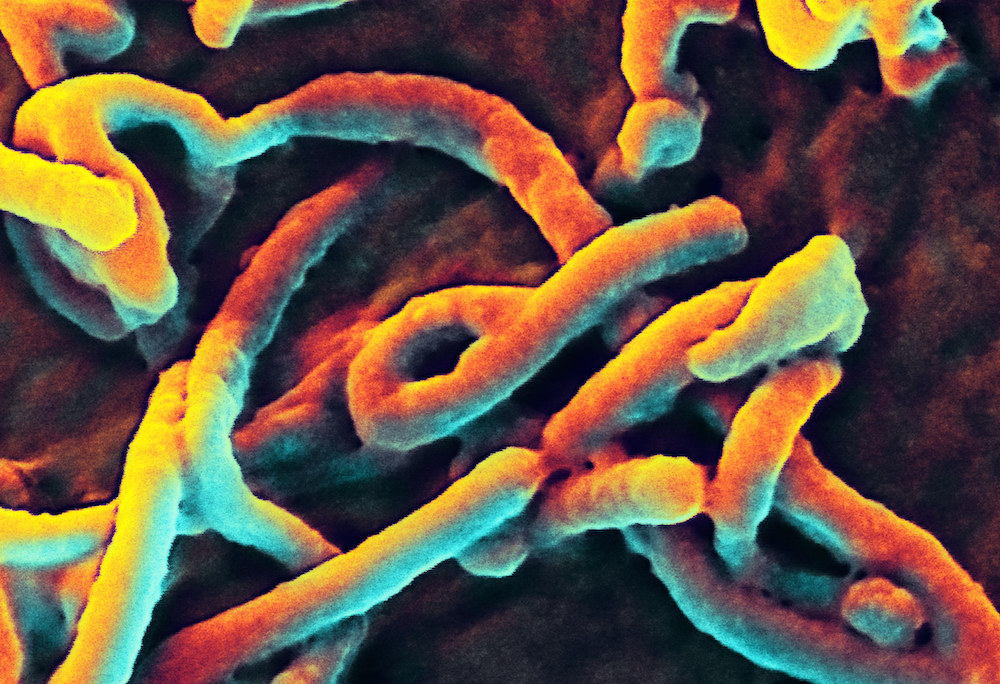US Airports Screened 2,000 Travelers for Ebola, But Found No Cases

Nearly 2,000 travelers from West Africa who arrived at five U.S. airports over a recent one-month period were screened for Ebola, but the screenings did not reveal any of these people to actually have the disease, according to a new report.
The report from the Centers for Disease Control and Prevention is the first to look at how the heightened airport screening of all travelers arriving from Guinea, Sierra Leone and Liberia has proceeded since it began, in October.
One traveler included in the report was health care worker Dr. Craig Spencer, who developed symptoms of Ebola later, and was diagnosed with the disease six days after he arrived in the U.S. (Spencer has since recovered from the disease and has been released from the hospital.)
Under the heightened screening procedures, travelers from the three Ebola-affected countries have their temperatures checked, and are asked questions aimed at determining if they have Ebola symptoms or were exposed to the disease.
Between Oct. 11 and Nov. 10, there were 1,993 travelers screened, according to the report. Of these, 86 people — all health care workers — were referred to the CDC for more evaluation.
Seven of these travelers required a medical evaluation because they had some symptoms, but these evaluations revealed that none had Ebola.
The most common final destinations for travelers arriving in the U.S. from Ebola-stricken countries were New York (19 percent), Maryland (12 percent), Pennsylvania (11 percent), Georgia (9 percent) and Virginia (7 percent), the report found. [2014 Ebola Outbreak: Full Coverage of the Viral Epidemic]
Get the world’s most fascinating discoveries delivered straight to your inbox.
The airport screenings allowed the public health departments to get contact information from travelers so they could be monitored, "and provided an added layer of protection for the U.S. public," the report said.
The U.S. began this screening after the first person to be diagnosed with Ebola in the United States, Thomas Eric Duncan, traveled from Liberia to Dallas in September, and developed symptoms of Ebola after arriving in the U.S. Duncan died of the disease on Oct. 8.
Airports in Guinea, Liberia and Sierra Leone have been screening departing passengers with temperature checks since August. Between August and October, about 80,000 people traveled by plane out of those countries, including 12,000 on their way to the United States, the report said.
None of these passengers on international flights developed symptoms of Ebola while they were traveling, the report said.
"The goal and potential benefit of exit and entry screening at international borders encompasses more than identification of ill travelers at those borders," the report said. The screenings also educate travelers about Ebola, and link them to public health authorities in case they later develop symptoms, and need to get in touch with authorities, the report said.
The report is published today (Dec. 9) in the CDC journal Morbidity and Mortality Weekly Report.
Follow Rachael Rettner @RachaelRettner. Follow Live Science @livescience, Facebook & Google+. Original article on Live Science.

Rachael is a Live Science contributor, and was a former channel editor and senior writer for Live Science between 2010 and 2022. She has a master's degree in journalism from New York University's Science, Health and Environmental Reporting Program. She also holds a B.S. in molecular biology and an M.S. in biology from the University of California, San Diego. Her work has appeared in Scienceline, The Washington Post and Scientific American.


